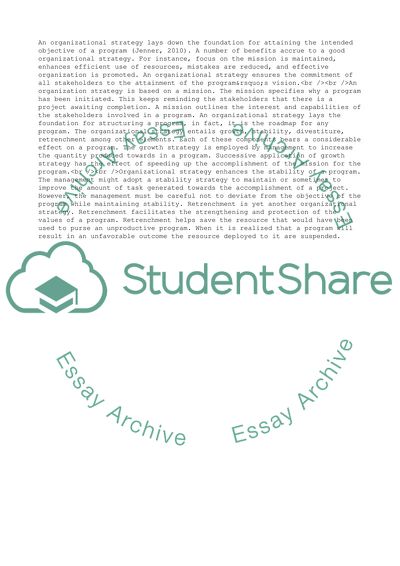Cite this document
(Programme and Pro Folio Management Coursework Example | Topics and Well Written Essays - 1750 words, n.d.)
Programme and Pro Folio Management Coursework Example | Topics and Well Written Essays - 1750 words. https://studentshare.org/management/1825765-programme-and-pro-folio-management
Programme and Pro Folio Management Coursework Example | Topics and Well Written Essays - 1750 words. https://studentshare.org/management/1825765-programme-and-pro-folio-management
(Programme and Pro Folio Management Coursework Example | Topics and Well Written Essays - 1750 Words)
Programme and Pro Folio Management Coursework Example | Topics and Well Written Essays - 1750 Words. https://studentshare.org/management/1825765-programme-and-pro-folio-management.
Programme and Pro Folio Management Coursework Example | Topics and Well Written Essays - 1750 Words. https://studentshare.org/management/1825765-programme-and-pro-folio-management.
“Programme and Pro Folio Management Coursework Example | Topics and Well Written Essays - 1750 Words”. https://studentshare.org/management/1825765-programme-and-pro-folio-management.


